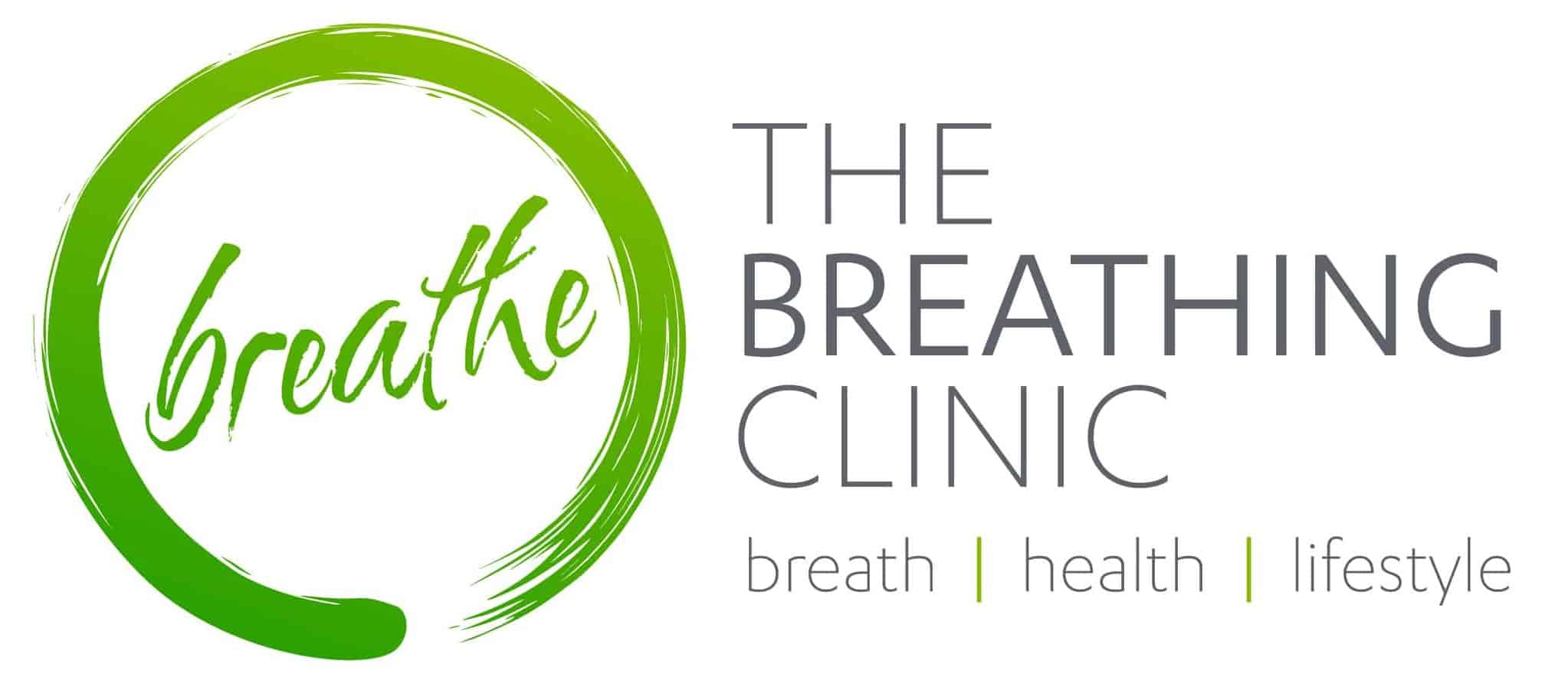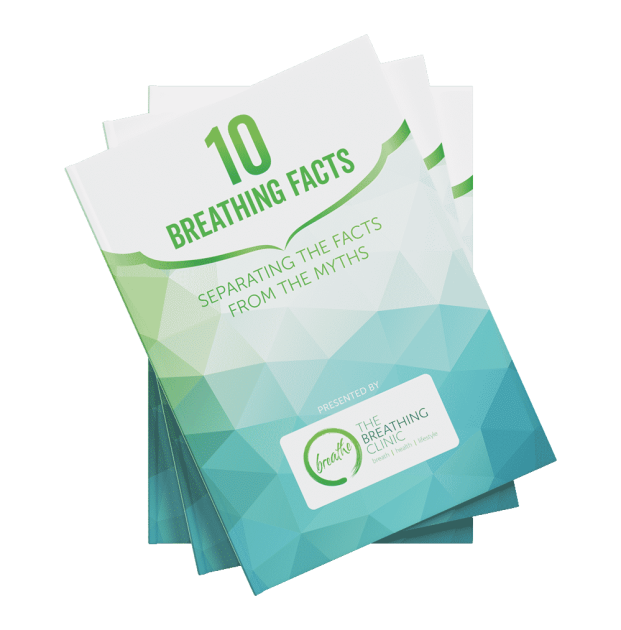This article, written by Dr Rosalba Courtenay, explores the relationship between nasal breathing and nitric oxide production, and their potential role in protecting against respiratory infections.
Immune-protective effects of nasal breathing and nitric oxide for Corona viruses — self-care potential
Viruses and bacteria are spread through contact with contaminated surfaces and also through the air. Our nose is one of our primary lines of defence against airborne pathogens. It has a very sophisticated system for protecting the whole airway from infection and one of the key mechanisms involves the production of a chemical called Nitric Oxide (NO) within the nose and nasopharynx [1, 2].
The current worldwide epidemic of COVID-19 is having enormous impact and we need to respond to all advice given by medical authorities regarding social distancing, hand-washing and general hygiene. We also need to take care of ourselves with general health measures that support our body’s natural immune mechanisms. These include things like getting adequate sleep, managing stress, eating the most healthy diet we can and breathing through our noses as much as possible at rest, during exercises and while asleep.
While we can’t say for sure that nasal breathing inhibits replication
of the COVID-19 virus, it seems prudent to breathe through our nose
given its well-known role in general immune defence.
Research conducted during a previous Coronavirus epidemic — that is, the SARSCoV (Severe Acute Respiratory Syndrome Coronavirus) epidemic showed that NO inhibited the replication of SARSCoV in a dose dependent manner, meaning that higher levels had a greater inhibitory effect on the replication of the virus [3].
Nasal Breathing and Nitric Oxide: A Powerful Combination
The connection between nasal breathing and nitric oxide is crucial: nasal breathing and specific breathing techniques, such as humming and controlled breath-holding, stimulate increased NO production. Because the nasal airways and sinuses are the primary sources of exhaled NO [4-6], nasal breathing concentrates the amount of NO circulating in the upper airway [7]. Levels reduce greatly if we switch to mouth breathing and some research shows that mouth breathing reduces the amount of exhaled NO by 50% [5]. Nasal breathing also makes the nose healthy in other ways, improving its microbiome, hydration, blood flow and mucous production [8].
Nasal Breathing and Nitric Oxide: Benefits for Overall Health
Nasal breathing improves lung health and oxygenation of the body in several ways. The nose helps to filter particulate matter that can adversely affect the health of the lungs and contribute to inflammation. Breathing through the nose significantly reduces particle deposition in the lungs that occurs during mouth breathing [9]. Nasal breathing also improves pulmonary function by improving the motility of the cilia. It also improves the circulation in the lungs so that the blood is better oxygenated by around 10% [10].
How humming helps
Humming is able to increase nitric oxide levels 15 fold as compared to normal quiet breathing [11].

Humming has been applied therapeutically for the treatment of chronic sinusitis [12,13]. A case study of a patient who had been unable to nose breathe due to chronic sinusitis for a month was able to achieve a clear nose and breathe easily through his nose after 4 days of intensive humming (1 hour the first day and 120 hums 4 times a day). The authors hypothesised that the effect was due to the increase in nitric oxide produced by the humming [12].
Breath holding can also help reduce blocked noses and has been shown to increase nitric oxide [14]. The concentration of nitric oxide in the nasal passages and the naso-pharynx increases after breath holding with voluntary closure of the soft palate [5]. In cases of nasal obstruction, breath holding after exhalation for up to 30 seconds can reduce nasal resistance and the effect lasts over time [15].
Clarification
So please be clear – this article does not claim that either nasal breathing,
humming or breath holding are a cure or prevention for Coronavirus.
However at this time, it makes sense to increase our efforts at self-care
for physical and for psychological health reasons. Also anything we do
to increase our personal agency increases our sense of control, helps us
feel a little less stressed. And as we know reducing stress helps our
immune system!
Take care everyone … of yourselves and each other.
Stay home, stay safe, breath and know this too will pass.
About this post
Author
Dr Rosalba Courtenay, ND, DO, PhD.
References
1. Nocera, A., et al., Exosome swarms eliminate airway pathogens and provide passive epithelial immunoprotection through nitric oxide. Journal of Allergy and Clinical Immunology, 2018..
2. Lundberg, J.N., Nasal nitric oxide in man. Thorax, 1999. 54: p. 947-952.
3. Åkerström, S., et al., Nitric Oxide Inhibits the Replication Cycle of Severe Acute Respiratory Syndrome Coronavirus. Journal of Virology, 2005. 79(3): p. 1966-1969.
4. Lundberg, J., et al., Primarily nasal origin of exhaled nitric oxide and absence in Kartagener’s syndrome. European Respiratory Journal, 1994. 7(8): p. 1501-1504.
5. Kimberly, B., et al., Nasal contribution to exhaled nitric oxide at rest and during breathholding in humans. Am J Respir Crit Care Med, 1996. 153(2): p. 829-36.
6. Yasudah, Y., Itoh, T., Miyamura, M., Nishino, H.,, Comparison of exhaled nitric oxide and cardiorespiratory indices between nasal and oral breathing during submaximal exercise in humans. Jpn J Physiol, 1997. 47(5): p. 465-70.
7. Phillips, C.R., Giraud, G.D., Holden, W.E., Exhaled nitric oxide during exercise: site of release and modulation by ventilation and blood flow. J. Applied. Physiol., 1996. 80(6): p. 1865-1871.
8. Button, B. and R.C. Boucher, Role of mechanical stress in regulating airway surface hydration and mucus clearance rates. Respiratory Physiology and Neurobiology, 2008. 163: p. 189-201.
9. Bennett, W.D., K.L. Zeman, and A.M. Jarabek, Nasal contribution to breathing and fine particle deposition in children versus adults. J Toxicol Environ Health A, 2008. 71(3): p. 227-37.
10. Lundberg, J.N., Inhalation of nasally derived nitric oxide modulates pulmonary function in humans. Acta Physiol Scand, 1996. 158: p. 343-347.
11. Weitzberg, E. and J. Lundberg, Humming greatly increases nitric oxide. American Journal of Respiratory and Critical Care Medicine., 2002. 166(2).
12. Eby, G.A., The effect of daily humming on chronic rhinosinusitis. Medical Hypotheses, 2006. 66(4): p. 851-854.
13. Maniscalco M1, Pelaia G, and S. M., Exhaled nasal nitric oxide during humming: potential clinical tool in sinonasal disease. Biomark Med, 2013. 7(2): p. 261-6.
14. Theunissen, S., et al., Nitric oxide-related endothelial changes in breath-hold and scuba divers. Undersea Hyperb Med, 2013. 40(2): p. 135-44.
15. Hasegawa, M. and E. Kern, The effect of breath holding, hyperventilation, and exercise on nasal resistance. Rhinology, 1978. 16(4): p. 243-249.


